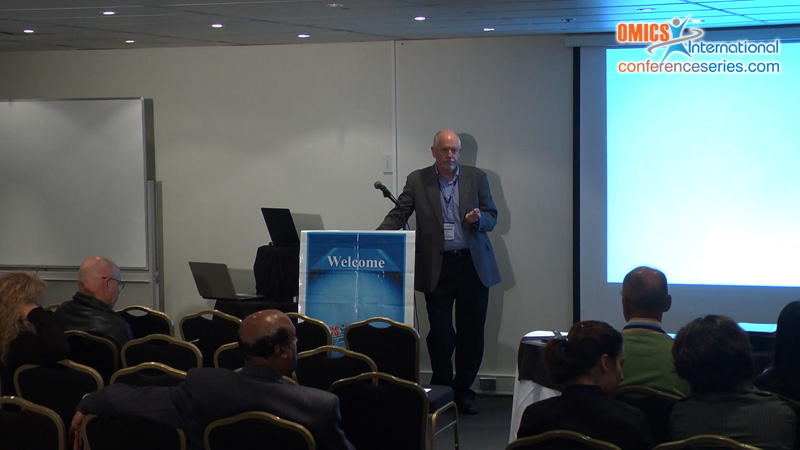
Kenneth W Beagley
Queensland University of Technology, Australia
Title: Chlamydia vaccines: should we target infection or Disease?
Biography
Biography: Kenneth W Beagley
Abstract
Chlamydia trachomatis is the most common STI in Australia. Current antibiotic therapies have not halted the increased incidence (4-fold in the past decade) and no vaccine is currently available. Infection-induced inflammation causes pelvic inflammatory disease, ectopic pregnancy and infertility in women, the most expensive outcomes of chlamydial infection and may also compromise male fertility. Protective immunity against Chlamydia requires a strong mucosal Th1 response together with mucosal antibodies. We have used a mouse model to evaluate different adjuvants and mucosal routes of vaccine delivery, combined with the major outer membrane protein antigen (MOMP) in order to elicit protection against both infection and inflammatory disease of the female reproductive tract. The magnitude and duration of infection was reduced by intranasal, sublingual and transcutaneous vaccine delivery of MOMP with different adjuvants, however intranasal immunisation with either Iscomatrix® or a combination cholera toxin/CpG (CT/CpG) adjuvant provided the greatest protection against infection. Interestingly, sublingual immunisation using the CTA1-DD adjuvant plus MOMP protected against inflammatory disease without preventing ascending infection while intranasal immunisation with the CT/CpG adjuvant prevented ascending infection but not the development of inflammatory disease. Intranasal immunisation of mice with a combination of antigens, selected from different stages of the chlamydial developmental cycle, combined with Iscomatrix® protected mice against both ascending infection and inflammatory oviduct damage. Our data suggest that chlamydial disease is independent of the infectious burden and that it is possible to develop vaccines that protect against inflammatory damage even in the absence of sterilising immunity.


